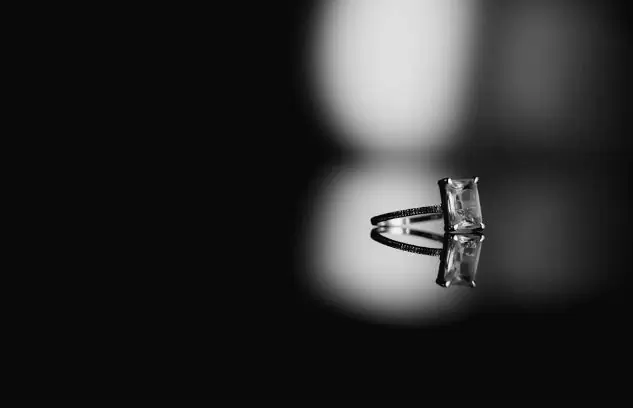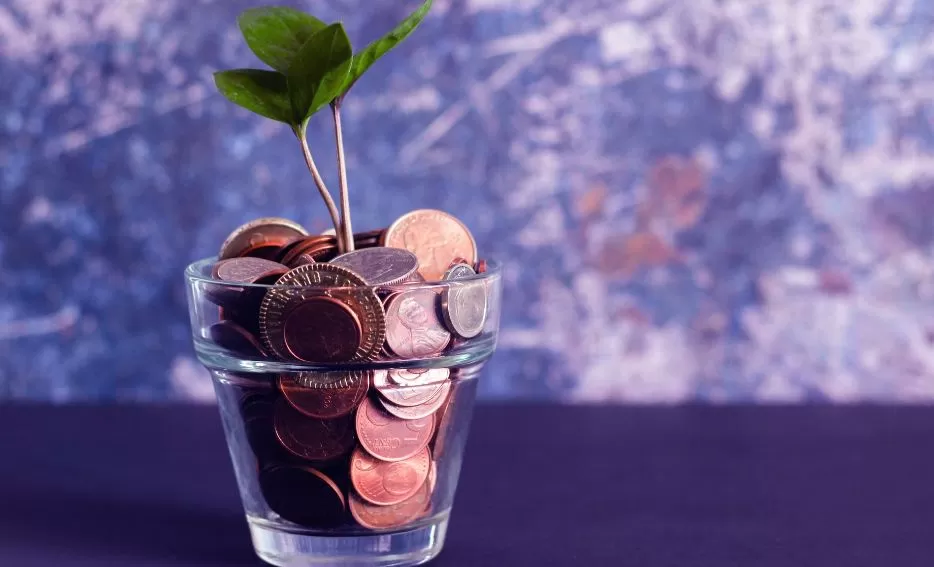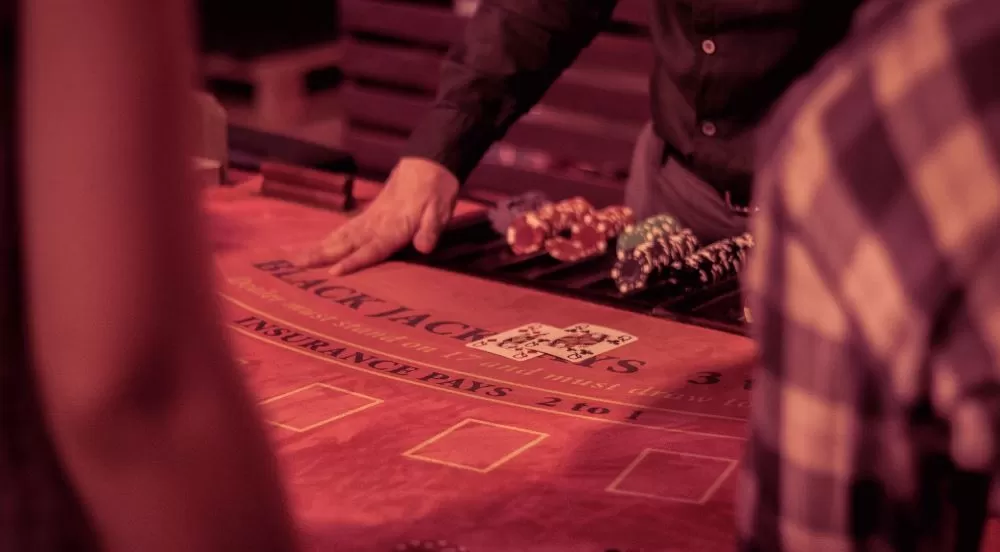How To Make Magenta
Magenta is a color that sits between purple and pink on the color spectrum. It’s a bright, bold shade often used in print and digital media to add vibrancy and energy to designs. If you want to make magenta, there are a few different ways to go about it.
One way to make magenta is by mixing equal parts of red and blue paint or ink. It will give you a deep, rich shade of magenta that leans toward the purple end of the spectrum. Another option is mixing red and pink until you achieve your desired hue. It will give you a lighter, more vibrant shade of magenta with more of a pink undertone.
If you’re working with digital design tools, plenty of pre-made magenta colors are available. Designers have carefully calibrated these colors to ensure they look great on screen or in print. No matter how you make magenta, it’s sure to add a pop of color and personality to your designs!
Color mixing
To make magenta, you will need red and blue paint. The key to getting the right shade of magenta is to mix equal parts of red and blue paint. Magenta is a primary color that cannot be created by mixing other colors.
When mixing the two colors, start with small amounts to avoid wasting paint. You can use a palette knife or brush to mix the colors until they fully blended. Add more red or blue as needed until you achieve your desired shade of magenta.
Remember that different paint brands may have slightly different shades of red and blue, so it’s best to test your mixture on scrap paper before applying it to your final project. With practice, you’ll be able to create a variety of hues by experimenting with different ratios of colour mixes.
Paint pigments
Magenta is a beautiful color that can add vibrancy to any artwork or painting. To make magenta, mix two primary colors – red and blue. The ratio of these two colors should be equal, meaning you will need the same amount of red and blue paint.
When selecting your paints, choosing high-quality pigments for optimal results is essential. High-quality pigments are more vibrant and less prone to fading over time. Once you have selected your paints, mix them thoroughly using a palette knife or brush until they create an even shade.
It’s important to note that different paint brands may produce slightly different shades of magenta due to variations in their pigment formulations. Experiment with different brands until you find the one that produces the desired shade for your artwork or painting.
What colors do I need to mix to make magenta?
Magenta is a vibrant color that adds a pop of brightness and energy to any design. It is commonly used in logos, branding, and marketing materials. If you are wondering what colors to mix to create magenta, here is everything you need to know.
To make magenta, you need two primary colors – red and blue. Add equal amounts of red and blue paint or dye into a mixing bowl or container. Mix the colors thoroughly until they form a deep purple shade. Then slowly add white paint or dye into the mixture until it becomes the desired shade of magenta.
It’s important to note that different shades of magenta can be created by adjusting the amount of red, blue, and white in your final mixture. Experiment with different ratios until you achieve your desired result. With practice and patience, creating your custom shades of magenta can become second nature!
How to make magenta: Ingredients and methods
Magenta is a bright pinkish-purple color that can be created using different methods and ingredients. Red and blue food colouring is the most commonly used ingredient to make magenta. Mixing these two colors in a 1:1 ratio will result in magenta. Another way of making this color is by mixing equal parts of red and purple paint, or using a mix of fuchsia, rose, and violet pigments.
You can use beetroot juice or raspberry puree as a base ingredient if you prefer natural alternatives for colouring your magenta creations. Mix either one with baking soda to create the perfect shade of magenta for your recipe or project. Additionally, hibiscus tea also makes an excellent natural dye for getting that bright pink hue.
When mixing colors to create magenta, it’s essential to use precise measurements for consistency across all batches. Be sure to test the mixture on a small sample before applying it all over your project to ensure you get the desired results. With these simple but effective methods and ingredients, you can easily make magenta at home without hassle!
Results: What happens when you make magenta
Magenta is a bold and vibrant color that can be created by mixing red and blue paint in equal proportions. When these two colors are combined, the result is a deep pink or purple hue widely used in fashion, art, and design. Making magenta requires careful measurement of each color to ensure that the mixture is balanced and consistent.
Once you have mixed the red and blue paints, it’s important to test the shade of magenta before using it on your project. Depending on the shades of red and blue, the resulting magenta can range from light pink to dark purple. It’s also worth noting that different paint brands may produce slightly different results when mixed.
When applied to a surface, magenta can create a striking visual impact. It pairs well with other bold colors like green or yellow for a playful look or neutral tones like gray or beige for a more sophisticated feel. Whether painting an accent wall or adding pops of color to your wardrobe, making magenta is an easy way to add brightness to your life!
FAQs
What are the primary colors needed to make magenta?
To make magenta, you must combine red and blue. However, it is essential to note that the exact amount of each color required will depend on the specific shade of magenta you want to achieve.
Can I use any red and blue for making magenta?
No, not all shades of red and blue can be used in equal amounts to create magenta. It would be best to use a brighter or more vibrant shade of red, like crimson, for instance. As for blue, opt for a deeper hue such as cobalt or ultramarine.
What should I do if my mixture is too bright or dull?
If your final result appears too bright or neon-like, consider adding a small amount of orange to tone it down. On the other hand, if your mixture is too dull or greyish-looking, add more red pigment until you achieve the desired vibrancy level.










